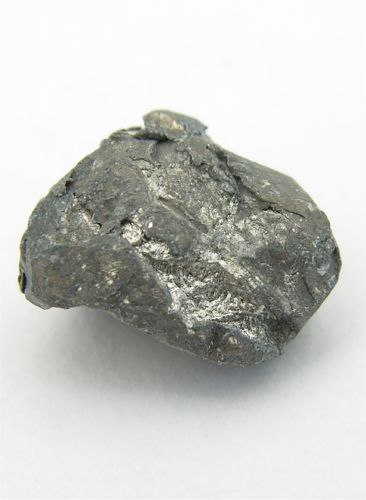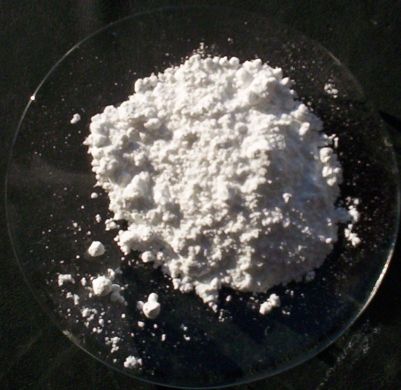Difference Between Calcium and Calcium Carbonate
Table of Contents
Key Difference – Calcium vs. Calcium Carbonate
The key difference between Calcium and Calcium Carbonate is that Calcium (Ca) is a pure chemical element and Calcium carbonate (CaCO3) is Calcium containing compound; it is one of the most abundant natural forms of Calcium found in nature. Calcium is an essential mineral for the human body, and it has so many functions. In contrast, Calcium carbonate is one of most commonly used raw material in preparing a numerous range of industrial products. Properties and the usage of calcium and calcium carbonate have great differences even though both contain calcium.
What is Calcium?
Calcium is a chemical element in the group II of the periodic table with the chemical symbol Ca and the atomic number 20. It is the most abundant mineral in our human body; about 1.9% by weight. The majority (99%) of calcium in the human body is in the skeleton while the remainder is present in teeth (0.6%), the soft tissues (0.6%), the plasma (0.03%) and the extracellular fluid (0.06%). Calcium is the third most abundant metallic element in the earth crust, a trimorphic, dull gray or silver metal, harder than Sodium, but softer than Aluminum. Calcium cannot be found in pure form in nature; instead, it is found as limestone (CaCO3), gypsum, and fluorite.

What is Calcium Carbonate?
Calcium carbonate is a chemical compound containing Ca2+ and CO32- ions. It is an odorless, water-insoluble, white colored crystal that can be most commonly found in nature. It can be found in any part of the world, and Calcium carbonate is naturally present in egg shells, limestone, marble, seashells, and coral. The chemical properties of CaCO3 are very similar to other carbonates.

What is the difference between Calcium and Calcium Carbonate?
Water Solubility:
Calcium: Calcium ions in water are one of the causes of water hardness, and the removal of Ca2+ ions from water is a process of obtaining soft water.
Calcium Carbonate: Calcium carbonate has a very low solubility in pure water, it is a white colored solid or a precipitate, and the solubility equals to 1.4 mg/L at 25°C. However, this property changes in the rain water saturated with carbon dioxide. In rain water, the solubility increases due to bicarbonate ions formation.
Industrial Applications:
Calcium: Calcium is used as a reducing mineral in producing metals such as Uranium (Ur) and Thorium (Th). In addition, calcium is use as an alloying metal for aluminum, beryllium, copper, lead and magnesium alloys.
Calcium Carbonate: Calcium carbonate is used in many industrial applications. It is frequently used in the rubber industry and to produce PVC products, pharmaceuticals, papers, cosmetics, and tooth paste. In addition, it is used to produce paints, surface coatings, dyestuff, printing inks, adhesives, and explosives.
Health Effects:
Calcium: Lack of calcium in one of the main causes of osteoporosis that bones become extremely porous. Therefore, its key role can be considered as maintaining bone health; in addition, helps to maintain heart rhythm, muscle function and many more.
Calcium Carbonate: The human body does not require calcium carbonate, but those who need calcium mineral additionally can intake calcium carbonate as a mineral supplement in smaller quantities and as an antacid. The adsorption of calcium to the human body depends on the pH value in the stomach.
Image Courtesy:
1. Calcium 1 By de:Benutzer:Tomihahndorf (Foto aus meiner Elementesammlung) [GFDL or CC-BY-SA-3.0], via Wikimedia Commons
2. “Calcium carbonate“. [Public Domain] via Commons
ncG1vNJzZmivp6x7pbXFn5yrnZ6YsqOx07CcnqZemLyue8OinZ%2Bdopq7pLGMm5ytr5Wau26vwKWaoq2dYq6vsIyvqmabkaGwqsHMZpqaqpKku6LAxGg%3D